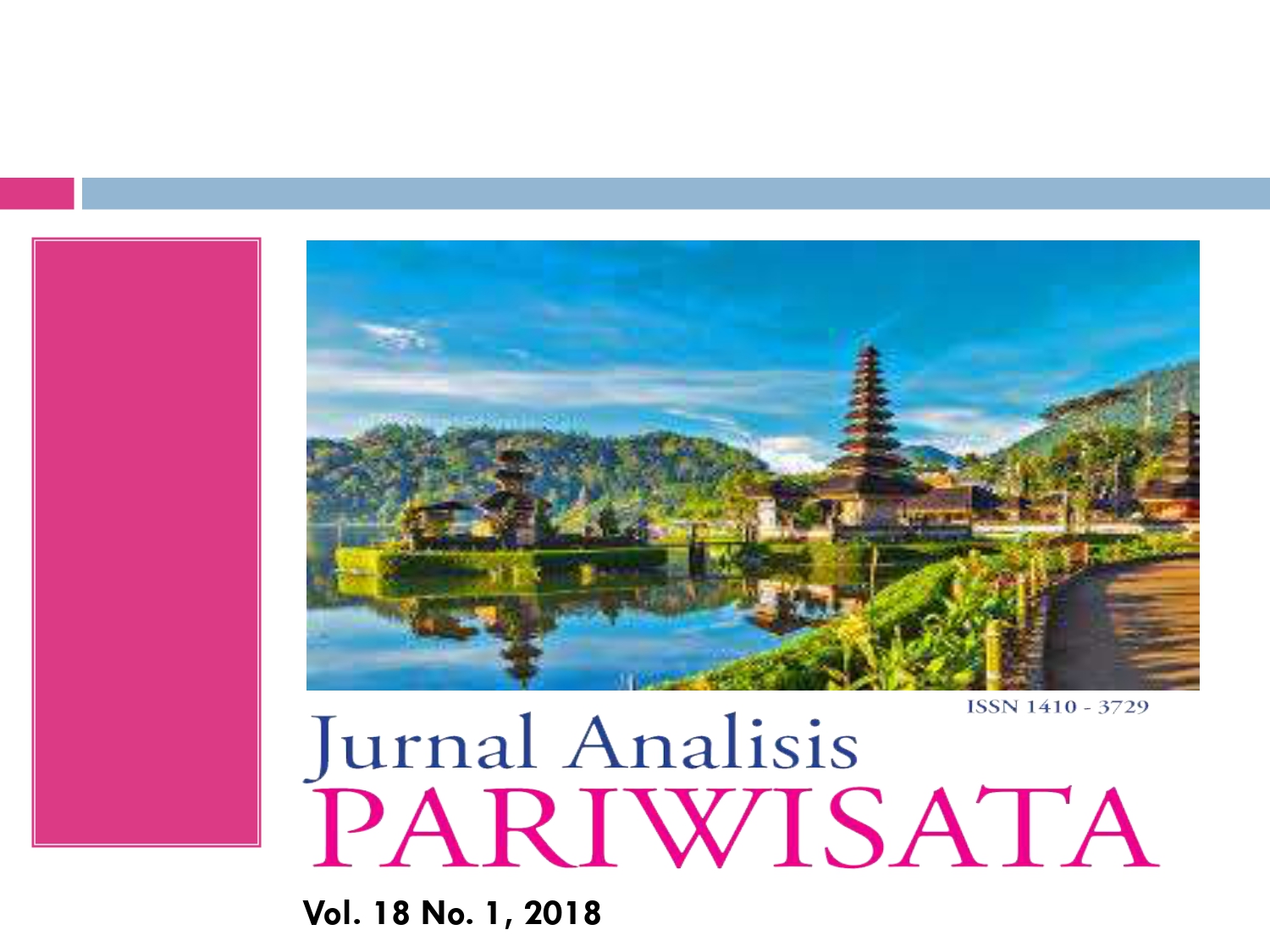KEBIJAKAN PENGEMBANGAN AGROWISATA DESA BAN DI KAWASAN RAWAN BENCANA KABUPATEN KARANGASEM
Tim Editor
Abstract
Negative problems such as natural disasters, politics, terrorism, viruses (health) and others will greatly affect the number of tourist visits. The phenomenon of the eruption of Mount Agung at the end of 2017 until the beginning of 2018 caused a decline in the economy of the people of Bali Province who rely on the tourism sector as their main livelihood. Ideally, the Disaster Prone Area is the area as a lava flow path that must be sterile from community settlements. Government policy in developing agro-tourism is one of the bargaining power to sterilize disaster-prone areas that have not been touched by settlements. Ban village is a village in the outer circle of the Disaster Prone Areas and is ideal to be applied as agro-tourism in disasterprone areas. The problem raised in this journal is how is the agrotourism model developed in the Ban village? how is the government policy in developing agrotourism in Ban Village, which is located in the Disaster Prone Area of Karangasem Regency? This study uses empirical research and analyzes problems that occur in the field with theory of authority, policy concepts, agrotourism concepts and decentralization principles. The results of this study indicate that Ban Village is ideal for the development of agro-tourism which cultivates a typical plant of Ban Village, which is cashew with an industrial-based agrotourism development model. The Regional Government must be firm in determining the settlement sterile zone so that people do not build settlements near Mount Agung and the Regional Government policy as the authority holder of the delegation can regulate regional household affairs in tourism development and is expected to be able to rebuild Karangasem Regency after the Mount Agung Eruption. Keywords: Agrotourism, Tourism Policy, Disaster Prone Areas






